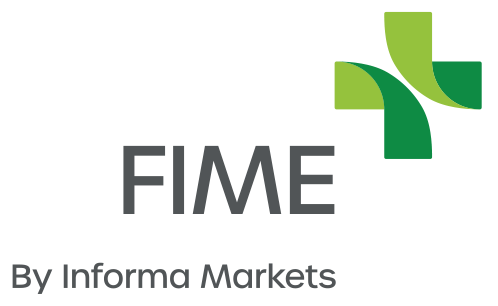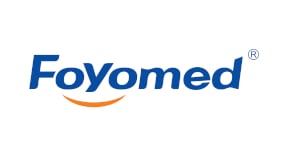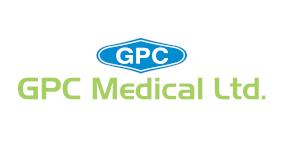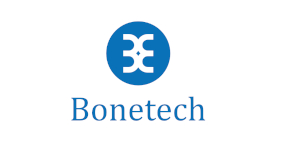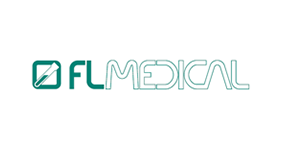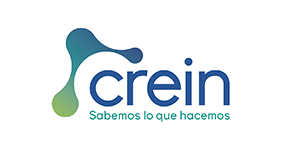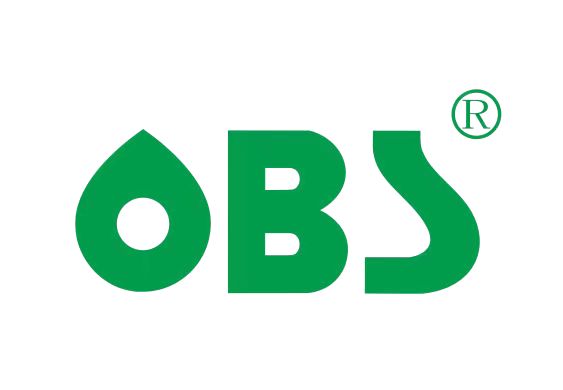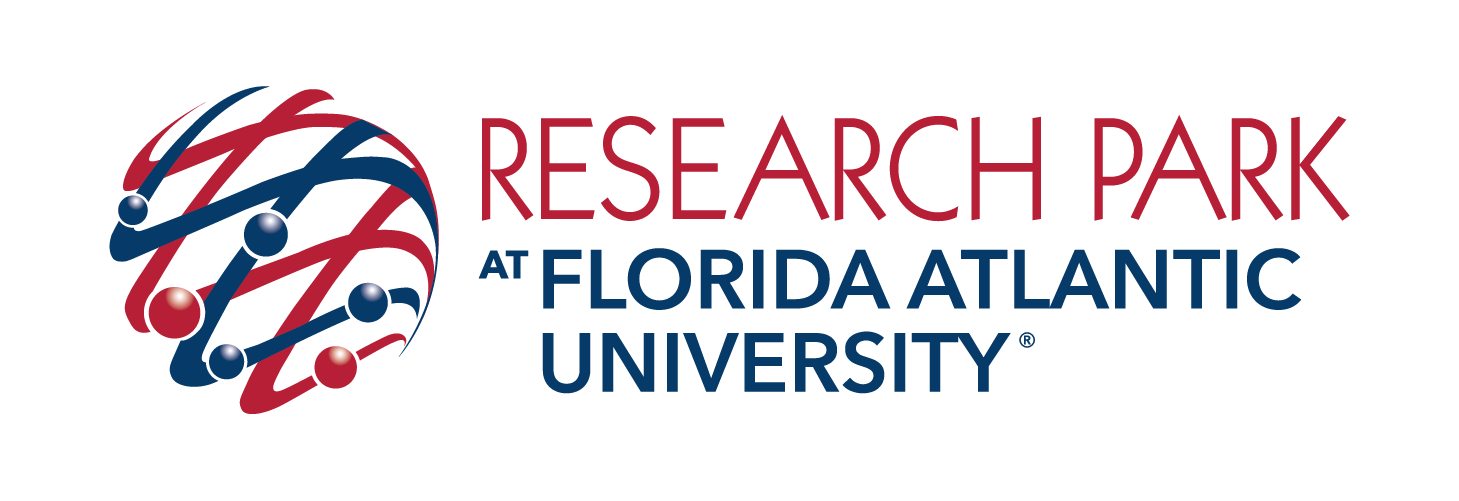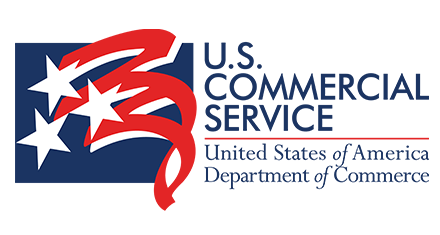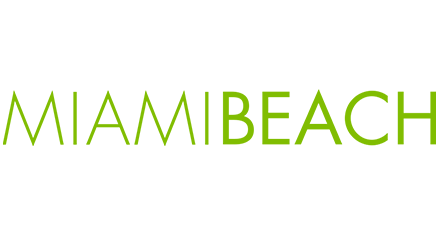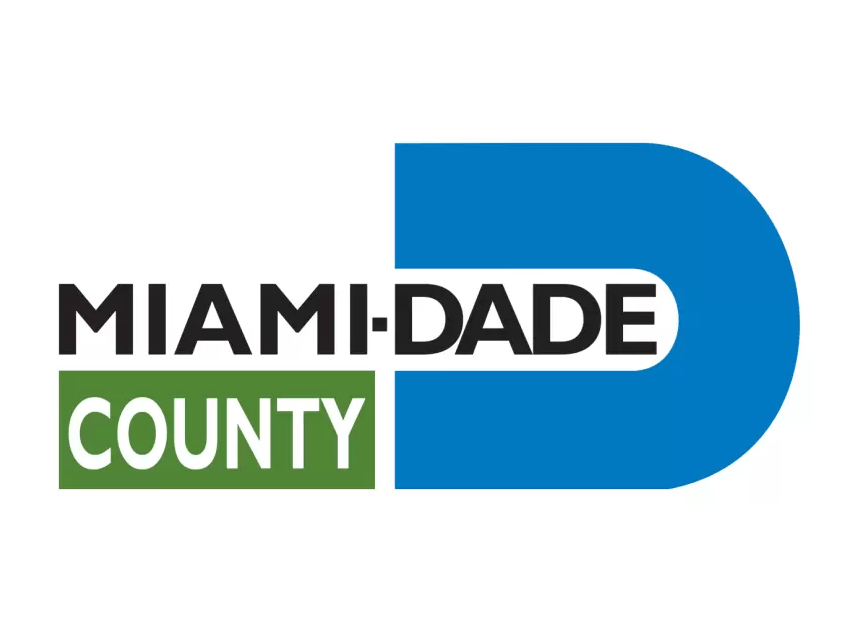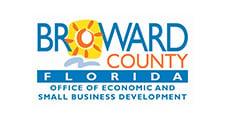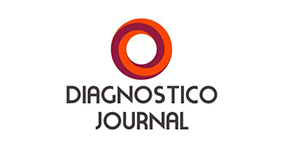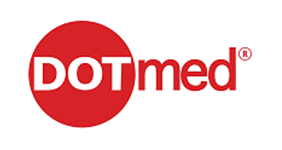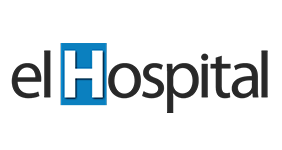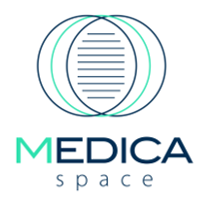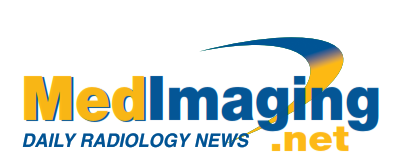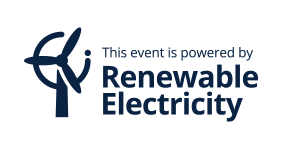Repercussions of health misinformation
Omnia Health Insights staff | Jan 03, 2022
The telemedicine industry was already embarking on a precipitous rise at the start of 2020, well before the first signs of COVID-19. Once the pandemic hit and now one year later, those numbers have steadily increased and are showing no signs of slowing down. The crisis-driven challenges brought on by the pandemic forced virtual care to centerstage, from what was once considered an uncharted frontier for most to a viable and preferable solution and resource to respond to patients’ needs.
According to a recent article published in the American Public Health Association, health misinformation on social media can have alarming repercussions, such as escalating vaccine controversy and promoting unproven cancer treatments.
Therefore, it requires urgent action from policymakers and those working within public health research and practice. Any health-related claim of fact that is inaccurate based on current scientific consensus is referred to as "health misinformation." Many other types of information, such as contradictory or conflicting findings, changing evidence, and information with a high degree of uncertainty, pose a challenge for health communication.
For several reasons, responding to misinformation is challenging. Practical efforts to fight misinformation by supplying accurate information, for example, may be rendered ineffective due to psychological factors such as emotions and cognitive biases.
According to the publication, this could explain why treatments like promoting articles with corrective information have had inconsistent results. Another concern is the difficulty of recognising and reaching out to those who are being misinformed. The diversity and volume of social media enable users to self-curated their feeds and identify comparable content using automated algorithms, facilitating the construction and maintenance of information silos.
Individuals who are part of a group in which misinformation is circulating are less likely to be exposed to content that contradicts their network's prevailing opinion due to these traits. Healthcare domains garnering most misinformation.
